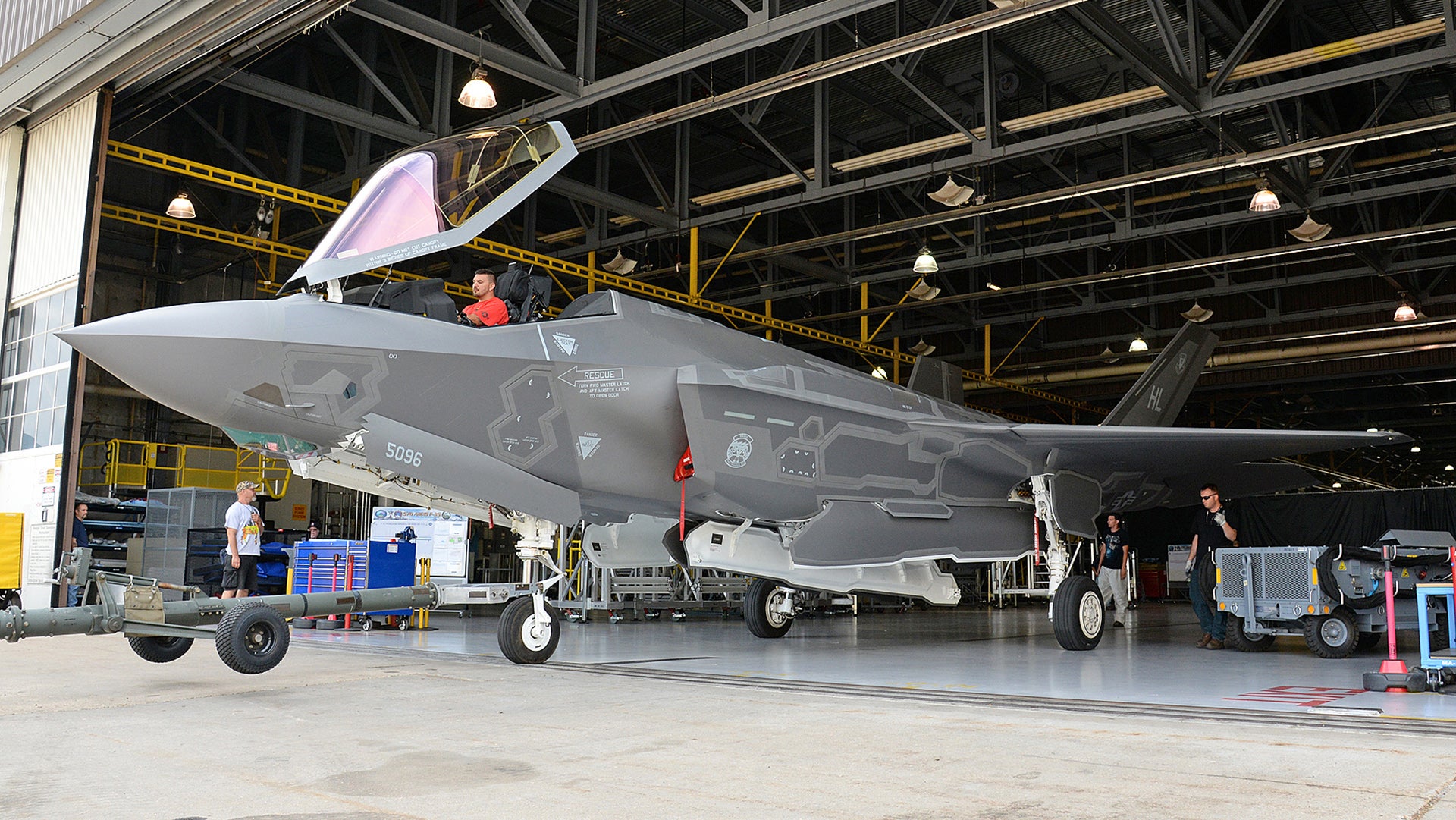The media is making a big deal out of the sudden grounding of 15 F-35s, which includes nearly the entire inventory of “operational” USAF F-35As, or around ten jets. 57 aircraft are affected in all, but 42 of those are in various stages of production and not flying.
The issue surrounds peeling and crumbling insulation wrapped around avionics cooling lines that run inside the jet’s wings and fuel tanks. The F-35 uses its fuel as a heat sink and its avionics produce a tremendous amount of heat (which have led to their own developmental issues in the past). Yet this latest issue doesn’t appear to be systemic or related to the jet’s design. Instead, it’s likely just the result of faulty material used by one supplier. So it is really a quality control issue and manufacturing error above anything else.
The USAF’s declaration of initial operating capability (IOC) was public relations ploy made possible by lowered standards and reduced program milestones. The decision to declare the F-35 operational while it’s still deep in testing and mired with problems is going to naturally amplify any news of a grounding in a negative way. But the truth is that groundings due to issues like today’s, where a small portion of the F-35 fleet is affected, are common in military aircraft both new and old..
F-16s, F-15s, F-22s, F/A-18s, and the tactical jets that came before them, have all had groundings during their service lives for one reason or another—some even last months. The difference with the F-35 is that, eventually, it will make up the vast majority of America’s fighter jet force. Because of that, a grounding could neuter a vast amount of critical American air combat capability at one time. This reality is just another drawback of putting almost all of America’s tactical air power eggs in one basket. Making matters worse, poor decisions like not finishing development of the F136 alternate engine for the F-35 only increases risk surrounding such a strategy.

We’ll see if any more jets are affected. Repairs will be slow and expensive, since the jet’s fuselage and wing assemblies will likely have to be cracked open to access the cooling lines. But for a program hatched under the dreadful auspices of concurrency that has seen rework rates on aircraft as high as 15%, this type of thing is nothing new.
Luckily, the issue was discovered before aircraft—or a pilot or lives on the ground—were lost. Meanwhile, this latest grounding should not be used as a major slam against F-35 program. There are plenty other issues we can talk about for that.
Contact the author at tyler@thedrive.com
